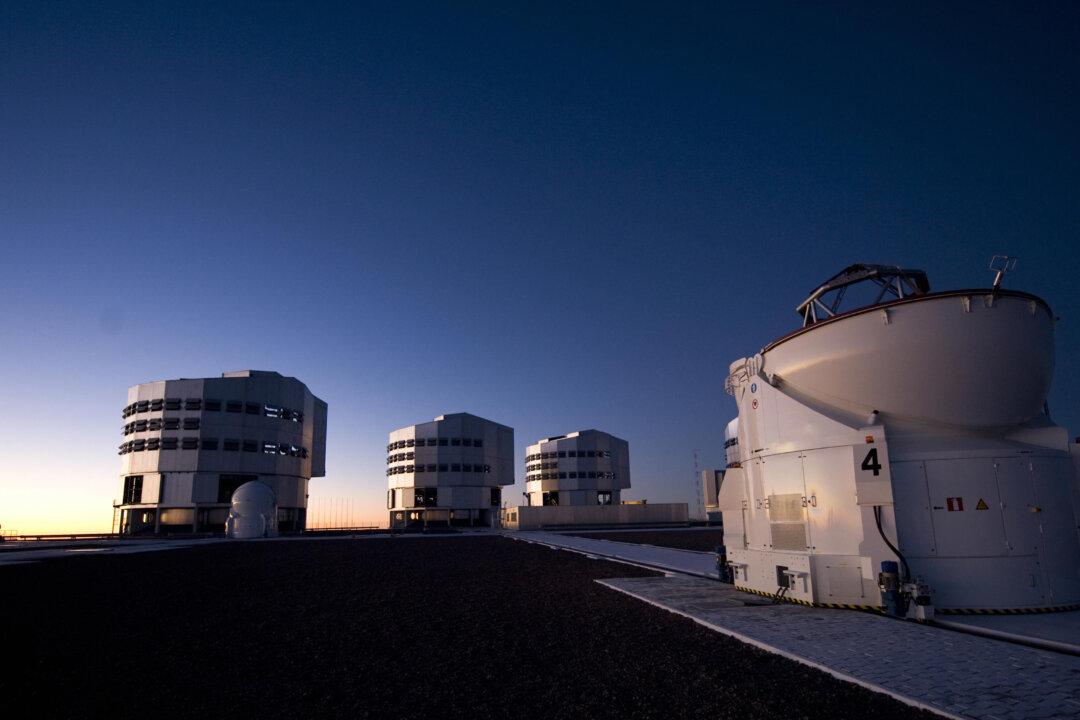Astronomers have discovered a gas giant planet the size of Jupiter circling a star half the size of the sun—a combination, which current theories of planetary formations would say was impossible.
Astronomers at the University of Warwick describe the new star and planet in an article to be published by the Monthly Notices of the Royal Astronomical Society.





